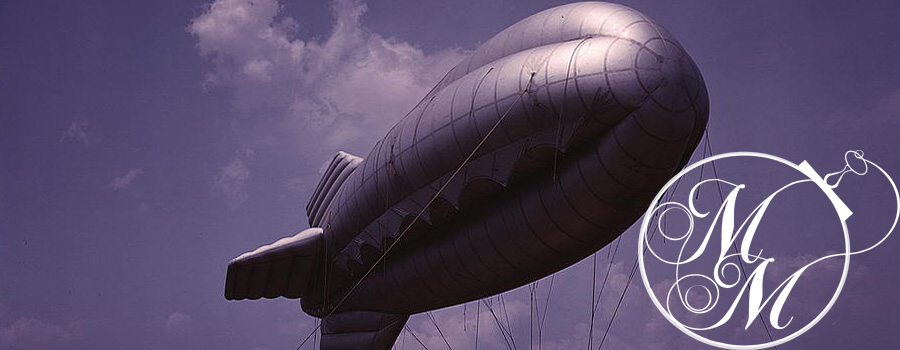PHOEBE REEVES

Part One, Question Nine: The Separate Body
Truth is, she can help only they who argue their bodies
and allow the first salt of the house its gloss.
She can create a natural shape, can change
into the likeness of a human body, fallen
through sight and touch to possibility.
Her touch can perceive abstraction in things
and her inner senses are stored in the imagination.
Her reason appears bitter on the tongue.
Some other body, smoothly fashioned in flesh,
is interposed between her body and her touch.
Some smooth body, latent in her first blood,
flows to her mind. The smooth body speaks of art,
that it can be done without devils.
It is done by bodies or smoke or serpents.
By matter or thinking or witness.
The story is not a lettuce or a lump of gold:
in the desert, an old woman appears to a young girl.
After, the light appears different
from what it was before. Her power
is difficulty—is defect—and it follows
the demand of other women, their loss, their doubt,
their death. It cannot heal they who injure.
Her dwelling is a remedy for doubt and argument.
She allows them to know her metamorphosis.
Part One, Question Ten: Witches Can Change
The truth is a beast and it changes
her. (There is no actual beast and
she cannot really be a woman either,
since her shape exists in the air.)
Again, the origin of her argument
moves her into her body and she
transforms pain into art. Again,
her wishes deceive her and lost
women ride in the night with Diana—
or with silence. They know her mind
holds great distances in its anger.
Again she changes—metamorphosis—
not an actual girl—not a true girl—
not a prayer. (She was free
because she did not give her mind.)
She changes without the permission
of God. She is sleeping in her sin,
in her transformation, in her need.
The beast dreams of her touch,
through which everything sweet
seems bitter. And her house is found
in the words taken from her. In
the work of her body. In the body
of a beast. In an assumed body.
Touching her world, she says:
When witches question, they are
with the truth—a beast which is air
and argument. It changes pain
into a mountain of gold.
The wolves which sometimes question
her eat the fierceness of her strength
and consume her true shape.
They are true wolves, and they
devour thought and time and sleep.
(She was at last found lying
in the wood, changed into her strength.)
Part One, Question Eleven: Who Is In the Womb?
The truth is in the mother’s womb
and it is an obstruction.
It prevents her failure with the help
of instinct—of beasts,
of wolves who follow her to hold
the night and drink
its blood and devour it. The year
burns her memory.
Such things are not incredible.
Witch midwives do not
kill children. They take them out
of the room and,
raising them up in the air, observe
the beginning.
Note from the writer: These poems are part of a book-length project which erases the Malleus Maleficarum, or the “Hammer of the Witches,” a text that was used during the Inquisition to hunt and convict witches, written by Heinrich Kramer and James Springer. The rules of my erasures were that I could delete, but not rearrange or add, except for punctuation. Although at first, I began by deleting at the word-level, as the project progressed, I became much more aggressive about my deletion, and also found myself focusing on certain repetitions. For example, almost every time the word “heresy” appeared, it became “her,” in the poem. It was in this way that I began to uncover the woman these poems speak about. Titles are anagrams of the original section titles.
